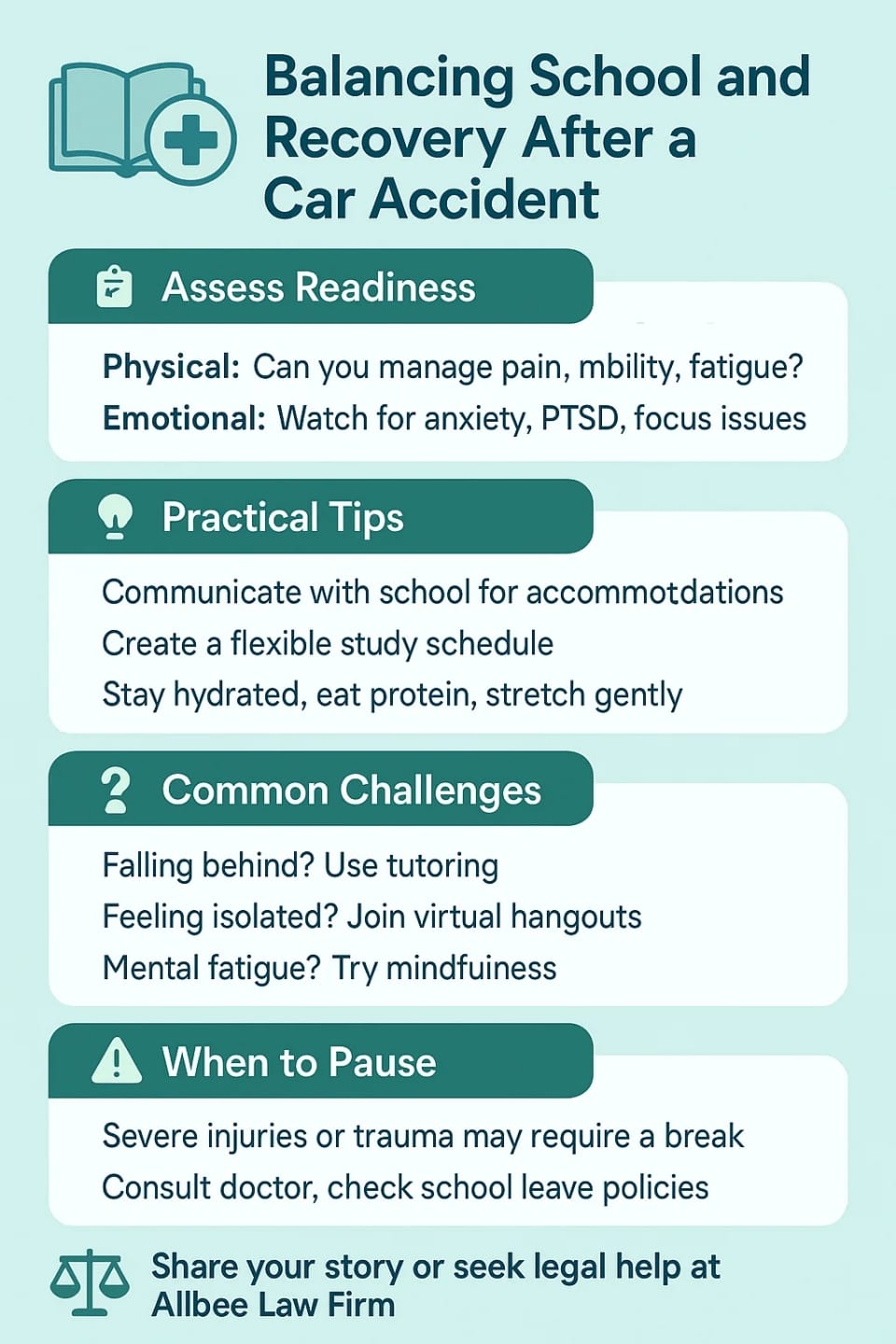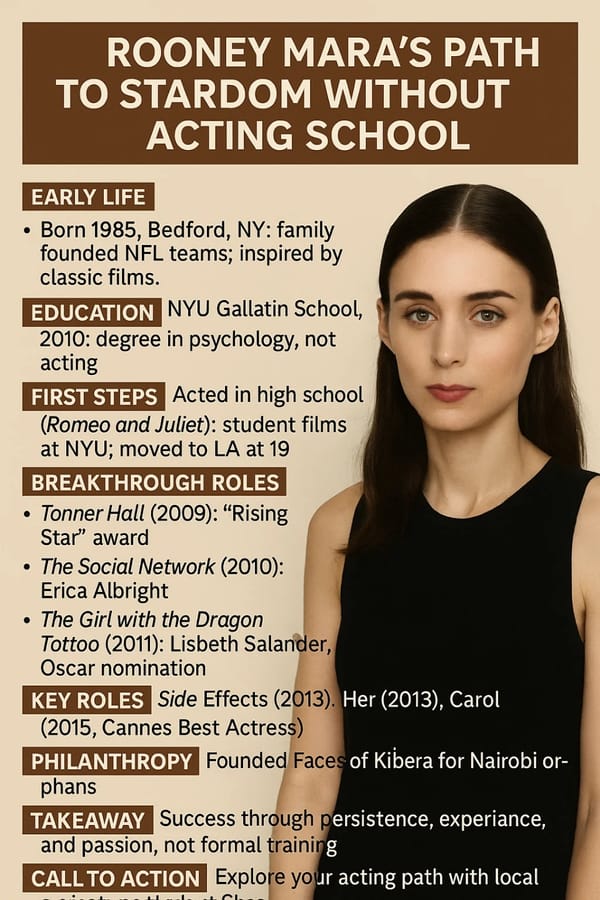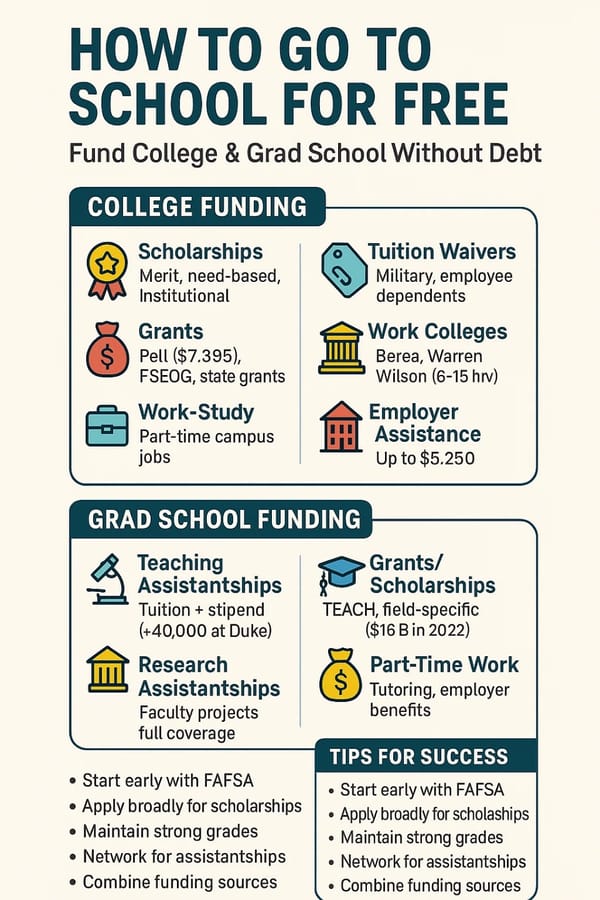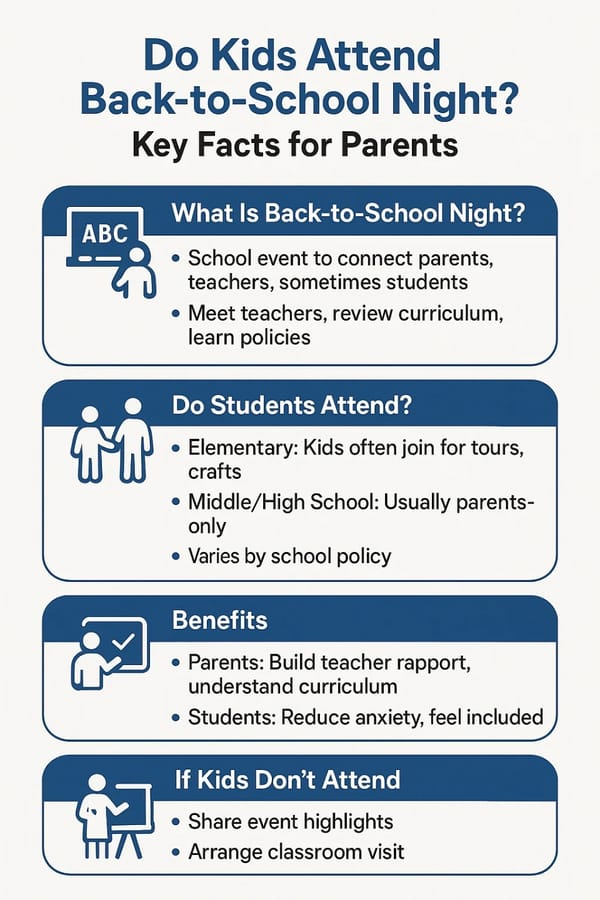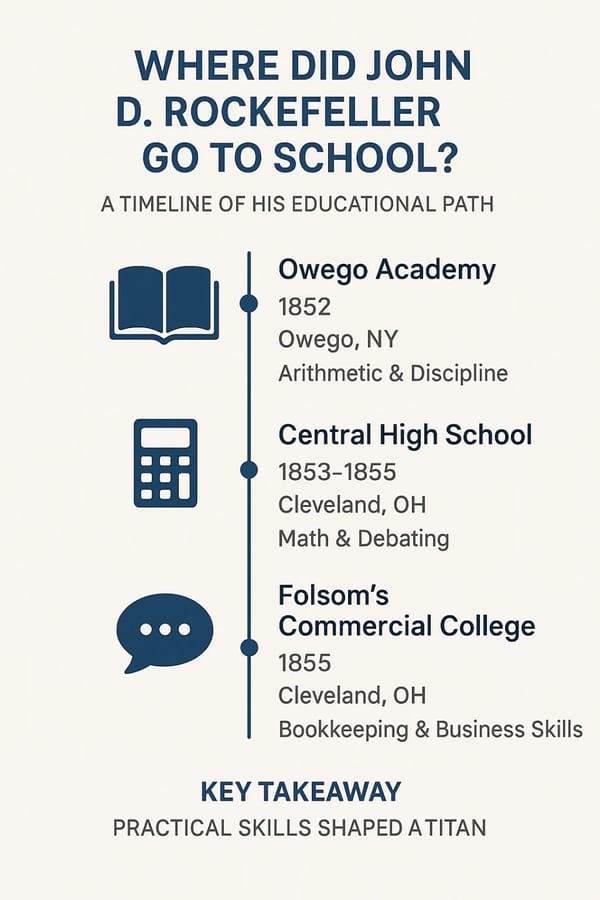Is Returning to School While Recovering from a Car Accident Possible? A Comprehensive Guide
A car accident can flip your life upside down in a heartbeat, leaving you grappling with physical injuries, emotional turmoil, and a flood of questions about what comes next. For students, one of the biggest dilemmas is whether it’s feasible—or even advisable—to head back to school while still recovering. Balancing healing with academic demands is a steep challenge, but with strategic planning, many students find success. This comprehensive guide explores the physical and emotional hurdles of returning to school post-accident, offering practical advice, expert insights, and personal experiences to support you. Whether you’re a high schooler, college student, or a parent guiding your child, this article is here to help you navigate the journey.
Why Returning to School During Recovery Matters
A car accident can disrupt every corner of your daily routine, from getting around to staying focused. For students, missing school risks falling behind on assignments, drifting from friends, or even delaying graduation. But rushing back too soon can worsen injuries and prolong recovery. Finding the right balance hinges on understanding your unique circumstances. This guide will help you assess your readiness, secure accommodations, and prioritize your health while keeping up with school. Let’s dive into how to make it work.
Assessing Your Physical and Emotional Readiness
Physical Recovery: Are You Ready to Return?
The severity of your injuries largely determines whether returning to school is realistic. Common car accident injuries like whiplash, fractures, or concussions each carry distinct recovery timelines and limitations. For example, soft tissue injuries like whiplash can cause pain and stiffness, making long classroom hours uncomfortable, while a traumatic brain injury (TBI) may disrupt focus for weeks or months[1].
Key Questions to Ask:
- Can you handle pain or discomfort during a full school day?
- Are you able to move around campus or classrooms with minimal issues?
- Do you tire quickly after light activities?
Your doctor’s input is essential. Medical clearance ensures you’re not risking further injury. A student with a broken leg might need crutches and elevator access, while someone with a concussion may require limited screen time. Integrity Spine & Orthopedics warns that pushing too hard too soon, especially with untreated whiplash, can lead to chronic pain.
Emotional Recovery: The Hidden Challenge
Car accidents often leave emotional wounds that rival physical ones. Post-traumatic stress disorder (PTSD), anxiety, or depression can make it tough to concentrate on schoolwork or feel at ease in social settings. According to Healing Huntes, untreated symptoms like flashbacks or social anxiety can derail academic performance.
Signs You May Need Emotional Support:
- Struggling to focus or retain information
- Hesitation to drive or ride in vehicles
- Persistent sadness, anger, or overwhelm
A therapist or counselor can be a lifeline. They can teach stress management techniques to ease you back into school life. I once counseled a college student who, after a minor collision, faced anxiety about driving to campus. Through therapy, she learned relaxation methods that let her attend classes without panic attacks.
Practical Steps to Balance School and Recovery
Communicate with Your School
Open communication with teachers, professors, or school administrators is a cornerstone of successfully returning to school. Many schools offer accommodations for recovering students, such as:
- Extended assignment deadlines
- Remote learning options
- Reduced course loads
- Access to note-takers or recorded lectures
The website Car Lifted stresses the importance of discussing your needs with school staff to craft a personalized plan. For instance, a high schooler recovering from a concussion might request shorter class periods or regular breaks to manage fatigue. Be clear about your limitations and provide a doctor’s note to formalize accommodations.
Create a Flexible Schedule
Healing from a car accident often involves rest, medical appointments, and physical therapy, which can conflict with a rigid school schedule. Prioritize flexibility to make it work:
- Break Up Study Sessions: Use 25-minute Pomodoro sessions to avoid burnout.
- Focus on Core Subjects: Concentrate on essential classes when energy is low.
- Use Online Resources: Lean on recorded lectures or platforms like Khan Academy to study at your own pace.
A university friend recovering from a fractured arm stayed on track by scheduling study time around physical therapy. Using apps like Notion to organize tasks and deadlines kept her stress in check, allowing her to balance recovery and schoolwork.
Optimize Your Physical Health
Your body needs extra care to heal efficiently, and small habits can yield big results. Procare Medical Center highlights the role of nutrition and hydration in recovery. Try these tips:
- Stay Hydrated: Drink 70–140 ounces of water daily, based on your weight, to aid tissue repair.
- Eat Nutrient-Dense Foods: Include high-quality proteins (e.g., eggs, fish, meat) and vitamins like C and zinc to support healing.
- Incorporate Gentle Movement: Once cleared by your doctor, try stretching or light exercise to boost flexibility and reduce stiffness.
The rehabilitation guide from WKW suggests using ice for swelling and heat for muscle relaxation. Always follow your doctor’s advice to avoid setbacks.
| Recovery Tip | Benefit | How to Implement |
|---|---|---|
| Stay Hydrated | Reduces scarring, supports tissue repair | Drink 0.5–1 oz of water per pound of body weight daily |
| Eat Protein-Rich Foods | Promotes muscle and tissue healing | Include eggs, fish, or meat in meals |
| Gentle Stretching | Enhances flexibility, relieves pain | Follow doctor-approved stretches for 10–15 minutes daily |
Seek Legal and Financial Support
Car accidents often bring financial burdens like medical bills or lost income, which can amplify academic stress. If another party’s negligence caused the accident, you may be eligible for compensation to cover medical costs, tuition, or other losses. Allbee Law Firm offers free consultations to explore your options. Consulting a car accident attorney can ease financial worries, letting you focus on recovery and studies.
SEO Optimization Tips for Writing About This Topic
To ensure this article reaches those who need it, SEO optimization is key. Here’s how to boost your content’s search engine rankings, drawing from Wiley and Backlinko:
Keyword Research and Integration
Use tools like Ahrefs or Google Keyword Planner to identify long-tail keywords like “returning to school after a car accident” or “can I go to school while healing from a car accident.” Integrate them naturally:
- Title and Headings: Place the primary keyword in the H1 (e.g., this article’s title) and related terms in H2/H3 tags.
- Meta Description: Write a 160-character summary, e.g., “Discover practical tips and expert advice to balance school and recovery after a car accident.”
- Body Content: Maintain a 1–3% keyword density to avoid penalties, per BKA Content.
Enhance Readability and Structure
Search engines prioritize readable, well-organized content. Use short paragraphs, bullet points, and clear subheadings. This article employs H2s for main sections and H3s for subsections to aid navigation. Google Search Central recommends descriptive headings and concise paragraphs for better user experience.
Build Authority with Links
Link to credible sources like medical sites or legal firms to establish trust. For example, Accident Care Chiropractic offers expert advice on resuming routines. Avoid clickbait, as it can harm SEO, per Wiley’s guidelines.
Use Visuals and Tables
Incorporate visuals like tables (see above) or infographics to summarize key points. Backlinko notes that visuals boost engagement and signal quality to search engines. Ensure tables are clear and reader-focused.
Overcoming Common Challenges
Returning to school during recovery comes with obstacles. Here’s how to tackle them:
- Falling Behind Academically: Join study groups or use tutoring services—many schools offer free support.
- Social Isolation: Stay connected via virtual hangouts or school clubs to combat loneliness.
- Mental Fatigue: Practice mindfulness, like deep breathing, to stay focused in class.
A personal story: After a fender-bender left me with whiplash, neck pain made college lectures tough. By accessing recorded lectures and prioritizing rest, I kept up academically without slowing my recovery.
When to Take a Break
Sometimes, pausing school is the best choice. Severe injuries like spinal cord damage or overwhelming emotional trauma may require a medical leave of absence. Child Injury Lawyer Blog advises parents to consult physicians before deciding when a child should return, as rushing back can worsen outcomes. Most schools allow temporary withdrawals without academic penalties—verify with your registrar’s office.
Conclusion: Your Path to Recovery and Academic Success
Returning to school while recovering from a car accident is a personal decision shaped by your physical and emotional readiness, school support, and self-care strategies. By consulting your doctor, communicating with your school, and prioritizing health, you can manage this challenging time without sacrificing your education or well-being. From securing accommodations to adjusting your schedule, every step moves you closer to recovery and academic triumph.
Have you or someone you know faced this scenario? Share your story in the comments, or connect with Allbee Law Firm for legal guidance. Your journey matters, and with the right tools, you can thrive through recovery.
Traumatic brain injuries (TBIs) range from mild to severe. Mild TBIs may resolve in weeks, while severe cases can require months of recovery, including cognitive therapy. Consult a neurologist for tailored advice. ↩︎
